- Author Jason Gerald [email protected].
- Public 2023-12-16 10:50.
- Last modified 2025-01-23 12:04.
There are many options within Adobe Photoshop for creating a blurry effect in photos. Apart from being able to blend two photos together to give them a "merge" effect, you can also partially blur photos, blend photos into a colored background, etc. The cool thing is that this technique for blurring photos is also very versatile. Once you know how, you can easily blur your photos as needed.
Step
Method 1 of 3: Blending Two Photos into Each Other
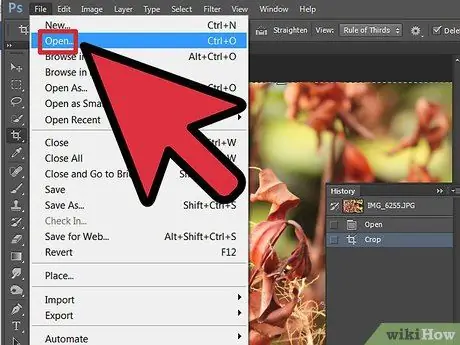
Step 1. Open the first photo in Photoshop
Start by selecting "Open" from the "File" menu and searching for photos on your hard drive. Open it up to load it into Photoshop.
To make it easier to get started, we recommend that the first photo file is not a PSD ("Photoshop Document") so that you only have one layer. However, you can always use the "Flatten" feature to combine all the layers in the photo into one
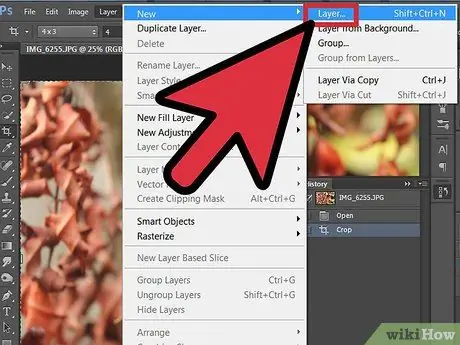
Step 2. Create a new layer above the "Background" layer
To blend two photos into each other, we have to load the second photo onto a separate layer. Click the "New Layer" button in the "Layers" tab on the right of the screen to create a new layer.
The "New Layer" button is under the "Layers" tab. The shape is a small paper box icon with one corner folded
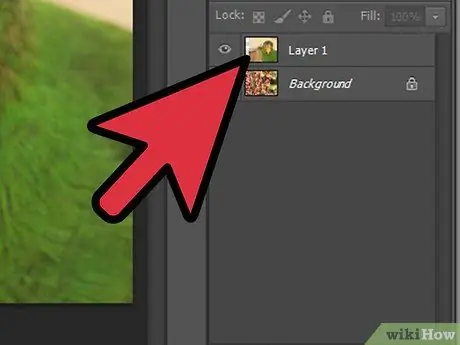
Step 3. Copy the second photo and paste it on a new layer
Outline the second photo (you can use "Ctrl+A" to outline the entire photo; for Mac, use "Command+A"), copy it to the clipboard, and paste it into a new layer.
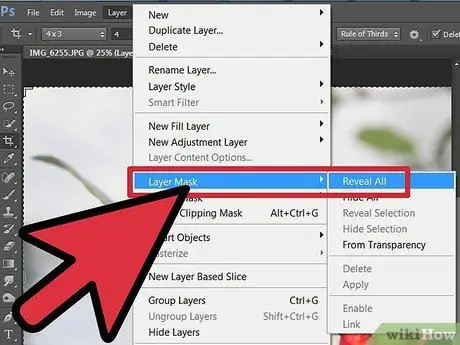
Step 4. Add a "Layer Mask" to the layer containing the second photo
To add a "Layer Mask", click the "Add Layer Mask" button in the "Layers" tab. This button looks like a small box with a circle in the middle.
- Alternatively, just select “Layer” > “Layer Mask” > “Reveal All” from the menu bar.
- Before creating the “Layer Mask”, make sure that no part of the photo is lined with selection. Use the “Select” > “Deselect” button from the menu bar to cancel the existing selection outline.

Step 5. Choose the “Gradient Tool” from the “Tools” palette
Look for an icon in the “Tools” palette (which is by default on the left side of the screen) that resembles a box containing light to dark color gradients. If you don't find it, click-and-hold the “Paint Bucket Tool” and use the “Gradient Tool” when it appears.
To blur the photo, we will use a black and white gradient. Select this gradient from the "Options" bar
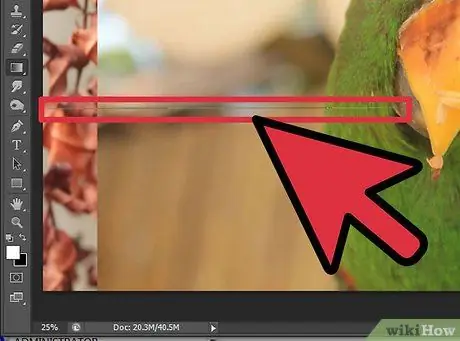
Step 6. Drag the lines with the “Gradient Tool” to make the photo blurry
Press-and-hold the “Shift” key and click on a point in the second photo where the blur transition will begin, then drag in the direction you want to create the blur effect. Release the mouse button (mouse). Now you can see the two photos blend seamlessly together.
Experiment with different line lengths using the “Gradient Tool”. The longer the line, the more gradual the blurring effect
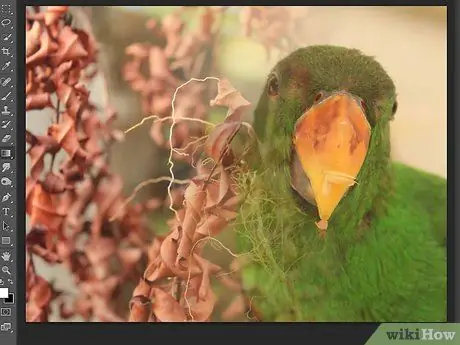
Step 7. Adjust the position of the two photos as needed
Once you understand how to blend one photo into another, try moving the photos within layers until they are positioned for maximum effect. Repeat the steps above to reapply the “Gradient Tool” as needed.
Please note, by default the first photo will be classified as "Background Layer". You cannot move the “Background Layer”. So to get around this, press-and-hold “Alt” (“Option” on a Mac) and double-click on the word “Background” in the “Layers” tab
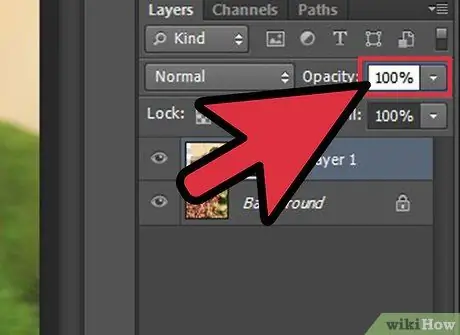
Step 8. To blur the entire photo, just set the “Opacity”
The steps above assume that we want to merge one photo into another with a gradient effect. However, if we only want to make one photo appear transparent and then place it on top of another photo, then our job becomes easier. Just select the layer you want to make transparent, then change the value in the "Opacity" box, under the "Layer" tab, to make it transparent.
Please note, the higher the value, the more solid the photo. The lower the value, the more transparent the photo will be. A value of 100% will make the photo appear "normal," while a value of 1% will make it almost completely transparent
Method 2 of 3: Blur One Photo to Background

Step 1. Open a photo in Photoshop
Start by selecting "Open" from the "File" menu and searching for the photo on your computer's hard drive.
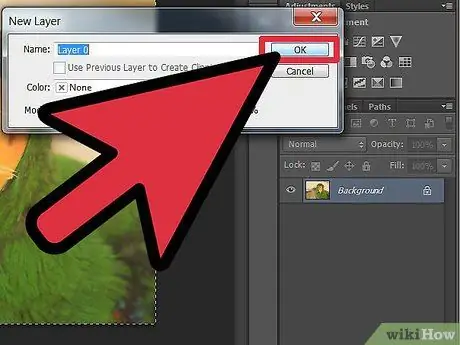
Step 2. Open the “lock” “Background Layer”
As explained above, you cannot move the "Background Layer" by default. So to outsmart it, just use the trick above or double-click on the photo.
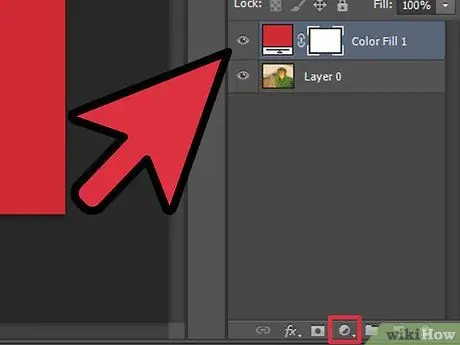
Step 3. Add a “New Adjustment Layer” below the first layer
To create a new layer below the previous layer "Background". “Ctrl+click” the “New Adjustment Layer” button (Command+click on Mac). Choose "Solid Color" on the "Fill Layer".
- The "New Adjustment Layer" button looks like a small circle that is half white and half black.
- Please note, the color in the "foreground" is the color that will be used on the new layer. You can change the foreground color with the "Color Picker Tool".
- Aesthetically, blending photos onto a colored background will look better if the colors you want to use are already in the photo itself. The "Eyedropper Tool" can help to sample the same color, directly from the photo.
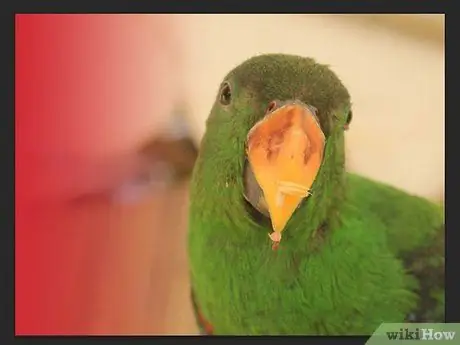
Step 4. Use a black and white gradient on the "Layer Mask"
Once you have your photos on separate layers and a solid color background, the next step is pretty simple. You just blend the photos into each other. Use the "Gradient Tool" (select a black and white gradient), Press-and-hold the "Shift" key, then drag a line from the start point of the photo you want to blur to the end point (as in the section above).
As explained above, you can shift the position of the photo on the layer to get the desired effect
Method 3 of 3: Blur Certain Parts of the Photo
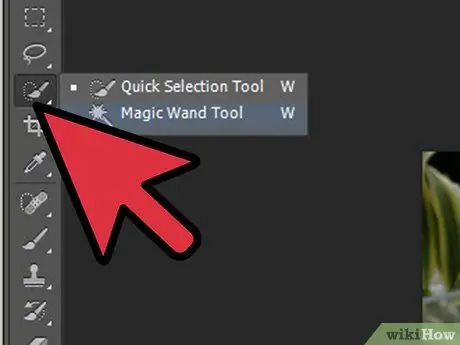
Step 1. Draw a selection outline on the photo
In Photoshop, there are several options for creating a selection outline at specific parts of the photo. Below are the most common choices.
-
Quick-Selection Tool.
The icon is a brush that traces a dotted line. "Drubbing" with this tool will make Photoshop automatically provide a selection outline along the edges of the tool, namely the parts of the photo that you are painting.
-
Marquee Tool.
The icon looks like a dotted rectangle and a dotted oval. With this tool you can create a rectangular or oval selection line in the photo.
-
Lasso Tool.
The icon looks like a lasso string. With this tool you can create a selection outline with a free shape.

Step 2. Add a selection outline on a new layer
Once you've outlined a selection of some areas of the photo, apply it to a separate layer. You can do this by selecting “Layer” > “New” > “Layer Via Cut” from the menu bar.
For shortcuts, you can also press “Ctrl+Shift+J” (“Command+Shift+J” on a Mac)

Step 3. Select "Screen" from the "Layer Mode" menu
On the right side of the screen, under the "Layer" tab, select "Screen" from the drop-down menu.

Step 4. Adjust the “Opacity” slider
As explained above, there is an option under the "Layer" tab called "Opacity". By setting the value of “Opacity” in this box, the layer (containing the part of the photo that has been lined with selection) will become more/less transparent.

Step 5. Alternatively, just use “Gaussian Blur”
The previous method will blur the entire lined area evenly, but if you only want the edges of the selection line to appear blurry, just use a tool like the “Gaussian Blur” feature. The way to do it is a bit different, but not difficult. Just follow the steps below:
- Create a “New Adjustment Layer” from the selection outline.
- Select “Blur” > “Gaussian Blur” from the “Filters” menu.
- Enter a value in the "Radius" box. This value determines the quantity of the blur effect that will be applied to the photo (larger values will make the blurred area wider.)
Tips
- Experiment with different presets in the “Gradient Tool Option” bar to see other ways to blur photos.
- You can also experiment with other “Blur” tools for the selected outlines. (You'll find it under the "Filters" menu option at the top of the screen.)






